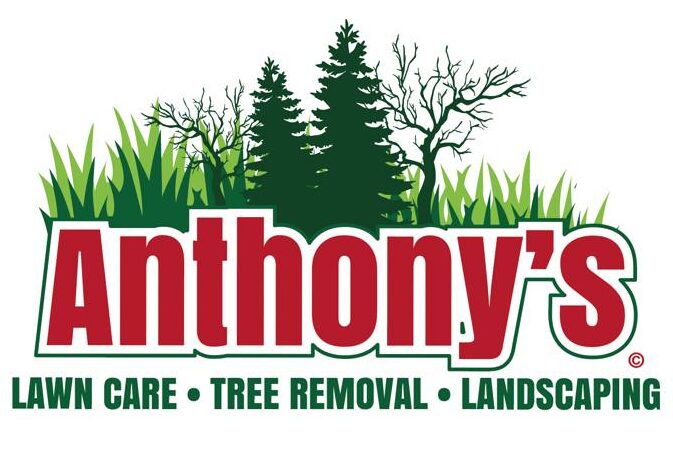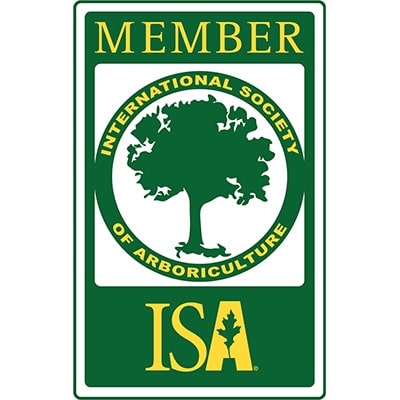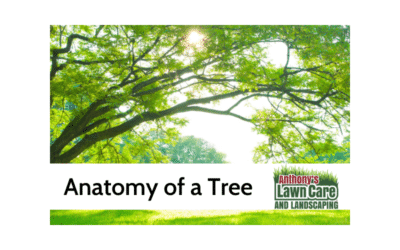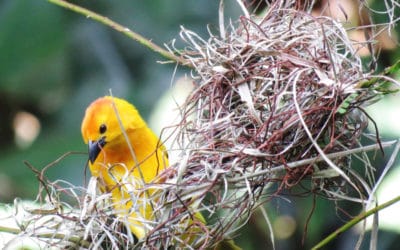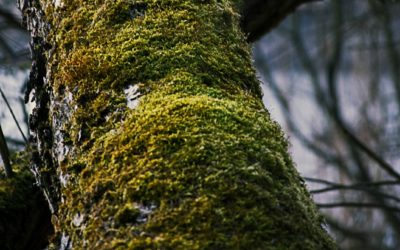Weed Identification Guide
Figure Out What That Pesky Weed In Your Yard Is Need More Help? Contact UsTypes of Weeds in Indiana
We know weeds in your garden or lawn can be extremely frustrating, and it is one of the things folks call us about all the time to take care of. However, we wanted to help homeowners all over better indentify weeds and unwanted plant species so they could better understand what they are and how to remove them and keep them gone.
Use this free weed identification guide to help you identify types of weeds (we focused on Indiana but this applies to anyone.) If you have questions please feel free to give us a call.
Call Us for a FREE Estimate (812) 345-5694
Crabgrass
Type – Annual Grass
Where is it found? – that is very common and well known in Indiana. It is usually found in thin lawns, especially those mowed too short, have high light exposure, watered too much or fertilized in the summer. It also thrives in hot weather because it is very drought tolerant.
ID: Light green leaves, lies low to the ground and has many legs. Due to its low profile, its difficult to cut with a mower blade and it stands up well to foot traffic.
Treatment: Fall frost will kill the weed, however it grows back due to releasing seedlings prior to dying. A natural way to contain crabgrass is pulling the weed in the spring and making sure you have a healthy lawn with nutrients and reseeding.
Another good way to treat crabgrass is spraying a post-emergent herbicide to kill it and then spraying a pre-emergent herbicide in the spring to prevent its growth. The growth in the spring may be due to a neighbor not killing their crabgrass for example so the seeds have spread to your yard.
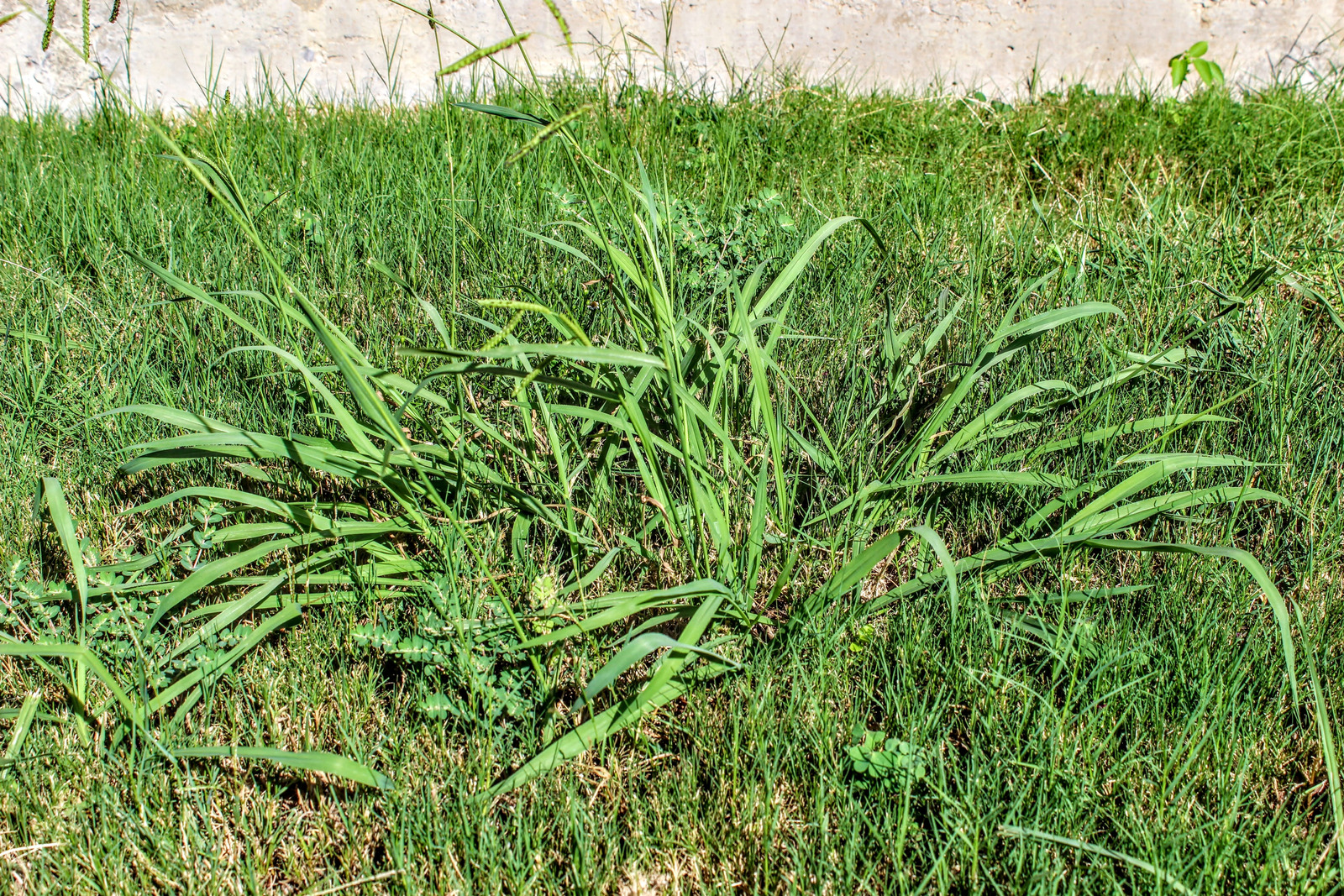
Dandelions
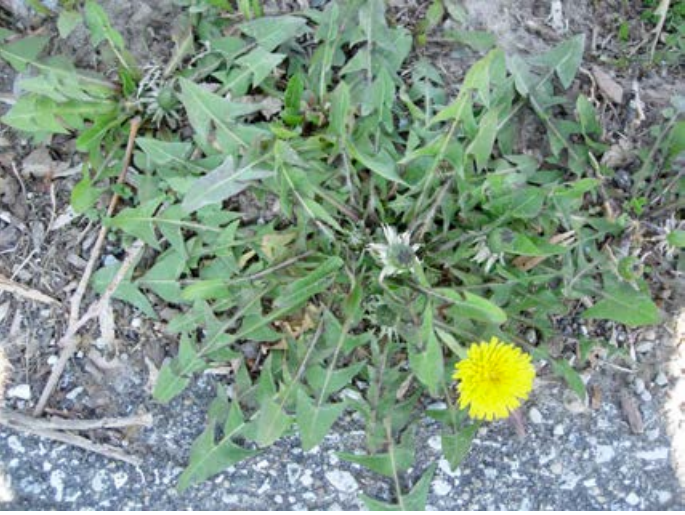
Type – Perennial Broadleaf
Where is it found? – Dandelions can be found in thin lawns and generally anywhere. They prefer sunlight but are tolerant of a large range of conditions.
ID – The most obvious identifier is the singular yellow flower on a hollow stalk above the leaves. The flowers can have many petals and are easy to spot. The leaves look serrated with the tips of the lobes pointing back toward the center of the plant. The flower can also have the white seeds that blow easily when picked up; this is how the weed spreads.
Treatment – Specific broadleaf herbicides will kill the weeds while sparing the grass as grass is not broadleaf. A “non-selective” herbicide will kill any plants so this can be used in areas such as driveways and walkways. It is best to apply the treatment before the dandelion has produced flowers.
Another good way is to simply pull the weeds, which should be done in the spring before germination can occur and enhance the spread. The entire taproot system needs to be pulled for this to be effective.
Much like the crabgrass, applying a pre-emergent is a good way to prevent growth. This should be done in late winter.
Foxtails
Type – Perennial Grass
Where is it found? – It is commonly found in this lawns or bare as well as open areas. Dogs will often pick up the seeds in their ears, nose, between their toes and other sensitive areas.
ID – Foxtails are named because they look like the tails of foxes with layers of upward-facing spines protruding from the center that appear to have a single hair point from the end of each spine (seed). They are sometimes referred to as “wild barley”.
Treatment – Removal is similar to other weeds. They will need to be pulled, including the root or you can use a pre-emergent in the spring or post-emergent if you see the foxtail sprout later in the summer. Having your grass mowed higher helps shade the soil, preventing weed seeds from growing as well. If you own dogs, the foxtails need to be controlled as they can cause serious issues such as infections to dogs sensitive skin areas. The foxtail seeds are uni-directional in movement and can burrow deep into skin.
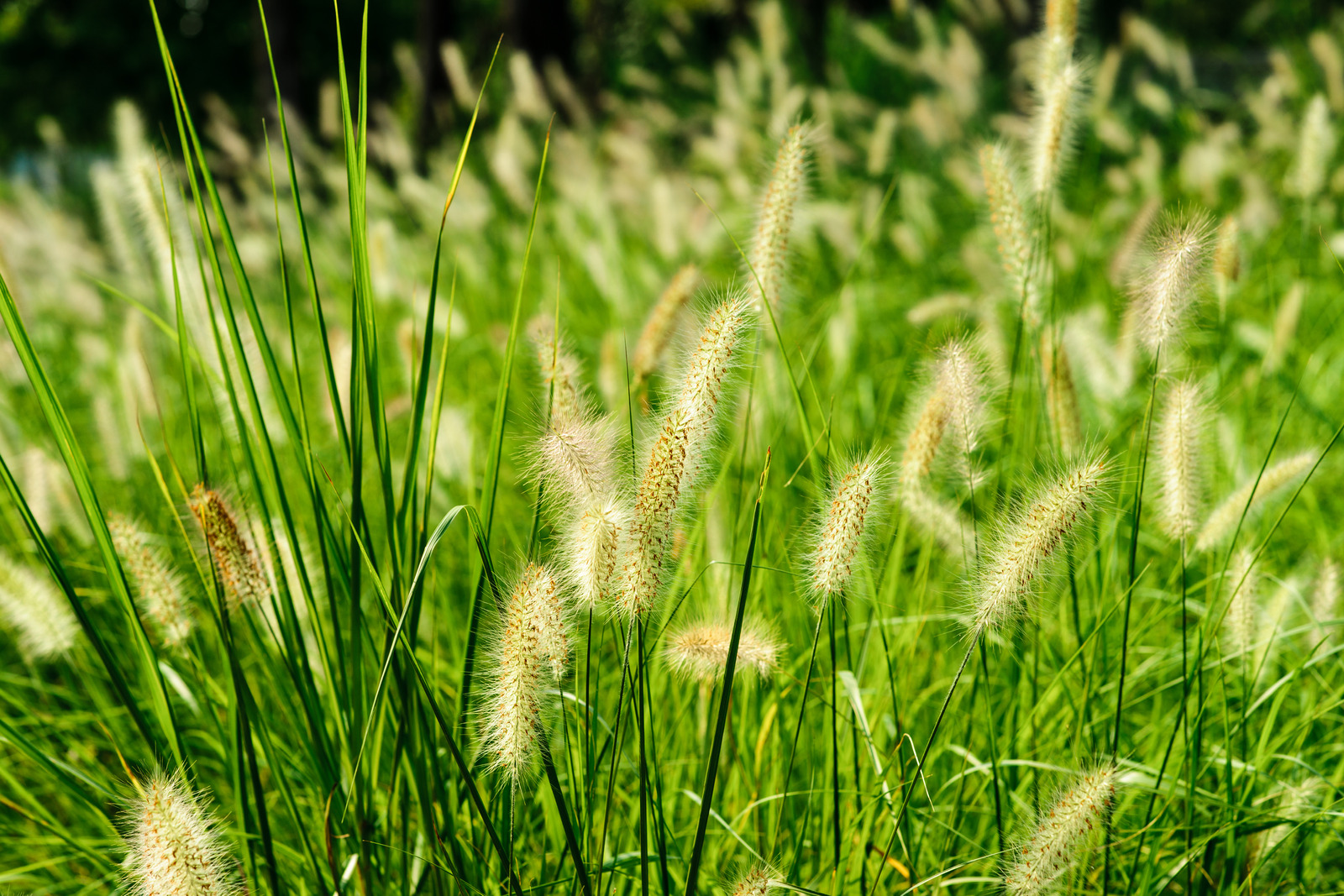
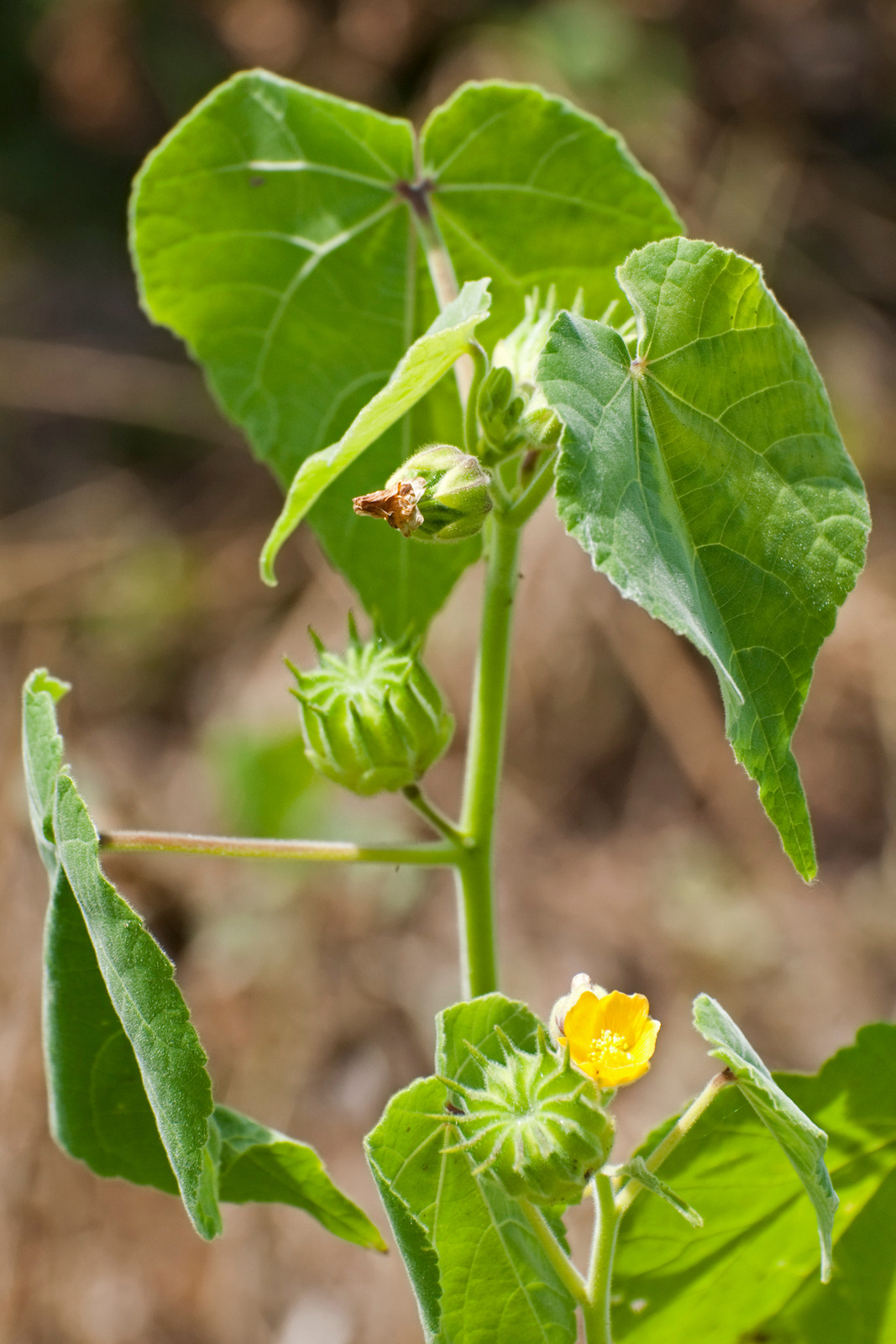
Velvetleaf
Type – Annual Broadleaf
Where is it found? – Typically in very sunny areas with fertile soil.
ID – Upright summer annual that can be from 5-7 feet tall. The leaves are large and heart-shaped and have a soft touch due to tiny hairs, much like velvet. It also will have small bulbs protruding from the stems that will bloom with yellow flowers. The seeds can remain viable in soil for over 20 years which greatly impacts treatment.
Treatment – Velvetleaf sets seeds in the late summer and fall so removal prior to that is important. If you see a new strand of velvetleaf, pull it immediately and make sure you remove all the roots as those can sprout new plants. If there is an established population you will likely need pesticides or continuous pulling, weeding and mowing close to the ground to discourage new seeds from falling.
Poison Ivy
Type – Perennial Broadleaf
Where is it found? – It is in many different areas, such as fields, along roadside or in wooded areas at the base of trees. The seeds are commonly eaten by birds and spread that way.
ID – “Leaves of three, let it be” is an old adage describing the plant. It has three leaves in a group on a reddish to green stem. The leave serrations can be large to smooth and vary considerably. It has small bulbs that flower greenish yellow in clusters, they may eventually turn red. Contact with the plant can cause rash and itching due to an oil resin present on the plant.
Treatment – DO NOT BURN POISON IVY. Burning poison ivy will cause the oil to become airborne. Inhaling any smoke could cause the rash to appear in your airway and the lining of your lungs. When removing, choose a dry day with no wind. Wear appropriate attire: rubber gloves, a long sleeve shirt, face cover and long pants tucked into socks and do not touch your face. Cut the poison ivy at ground level and place the plants in plastic trash bags. You can either dig out the roots or spray the affected area with a herbicide.

Nutsedge
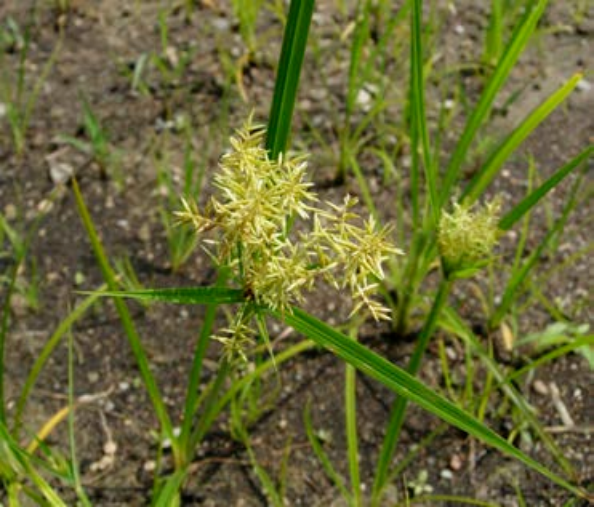
Type – Perennial Monocot
Where is it found? – It is often found in lawns and garden beds, especially those with moist soils. The roots can lie dormant for 10 years until more favorable conditions occur, such as rain storms.
ID – It looks similar to lawn grass except more yellow and much faster growing and it has a triangular stem. It will commonly appear above the height of grass. Flowers and seeds are in small clusters of yellow-white or purple spikes. Nutsedge is typically identified by its root system, which has small, starchy balls throughout that are called “nutlets” and spreads horizontally to emerge from the ground and start a new plant.
Treatment – Aeration helps because it allows more drainage and nutsedge prefers wet lawns. It also grows in low-oxygen soils so aeration helps in that way as well. Post emergent herbicides help and continued retreatment throughout the summer will prevent the nutsedge from returning.
Nimblewill
Type – Perennial Grass
Where is it found? – Primarily it is just a lawn weed and while it can tolerate some sun, it prefers shady, moist areas.
ID – Warm season grass that spreads by a large creeping, horizontal root system and will form large mats and turn brown in cold weather. Looks like grass but clumpier and more similar to crabgrass.
Treatment – Nimblewill is difficult to treat so proper lawn maintenance is imperative. A strong lawn is an excellent deterrent for most weeds so standard practices such as an increase in mowing height, fall fertilization and over seeding all help. There is one “selective” herbicide that claims to kill nimbleweed, Tenacity by Syngenta. This should be applied in the spring.
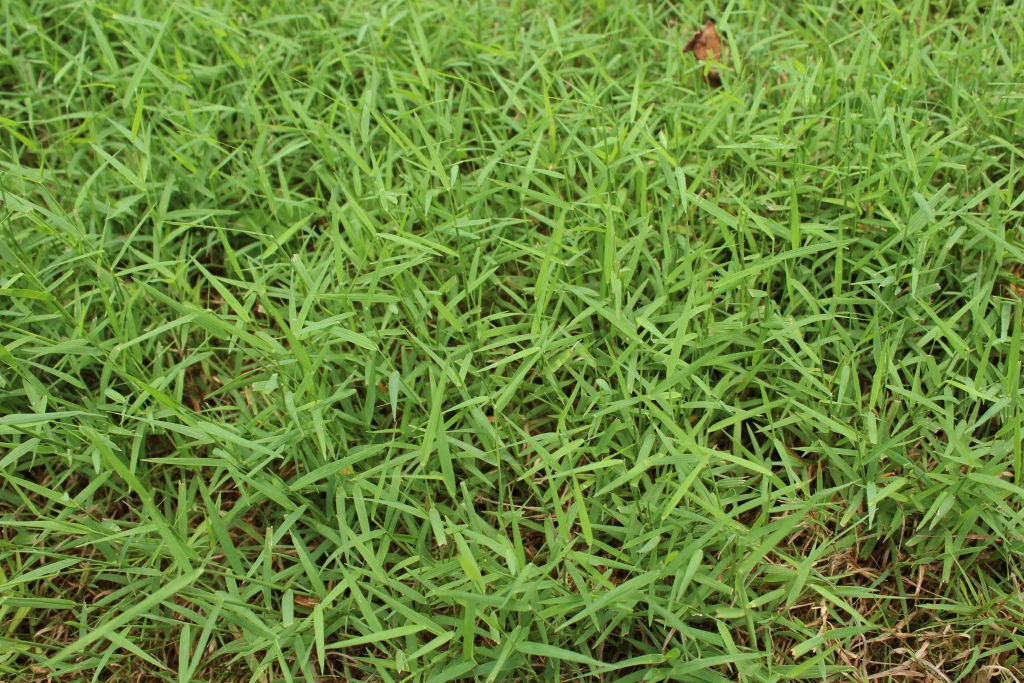
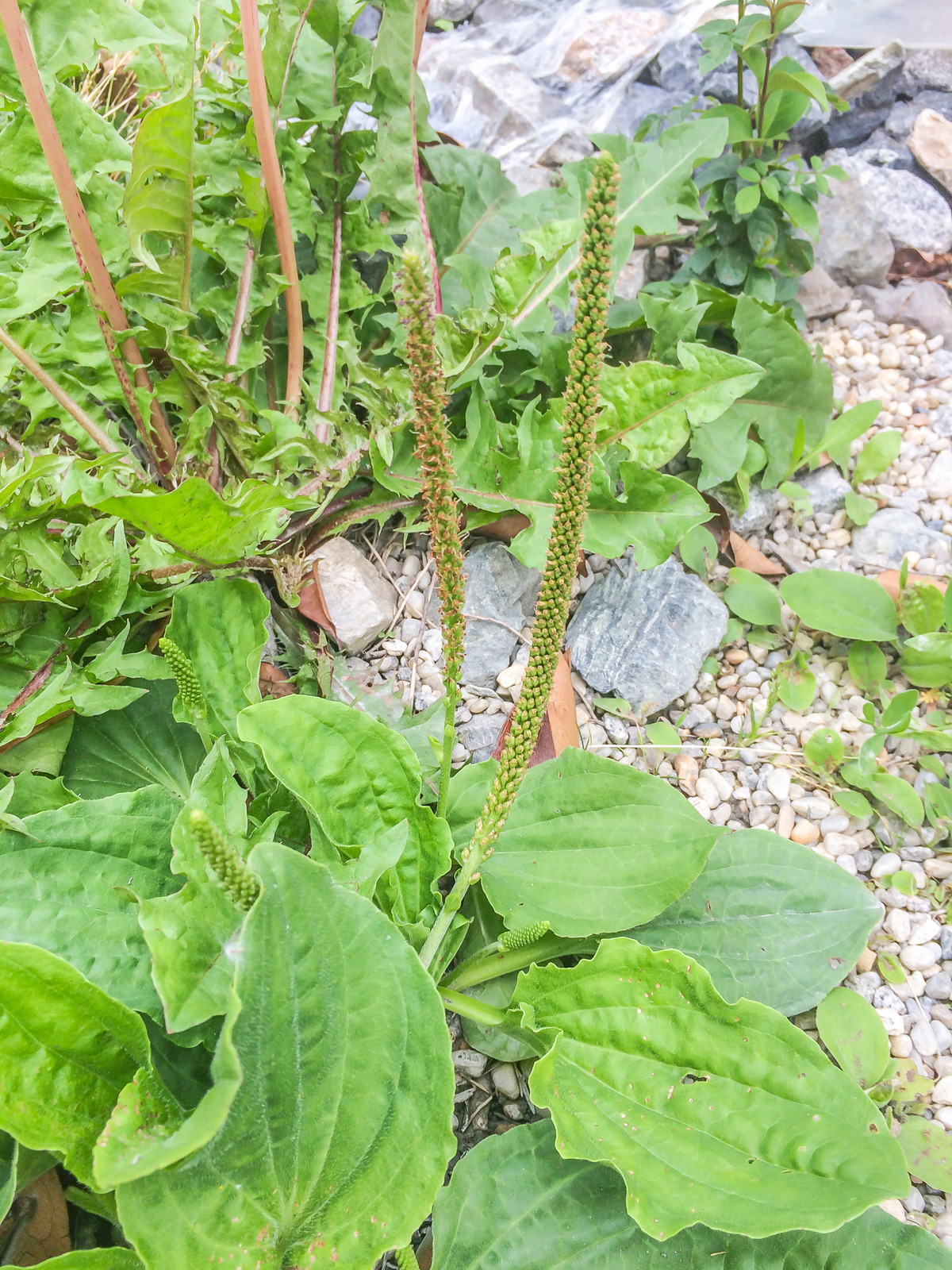
Broadleaf Plantain (buckhorn plantain)
Type – Perennial Broadleaf
Where is it found? – It is found in nearly all lawns and commonly grows in sidewalk cracks or through gravel. It tolerates wet or dry soils as well as compaction by foot traffic and lawn mowing. It is found in nearly all climates across the United States and is the probably the second most common weed in the Bloomington area.
ID – It has a low flat appearance for the leaves, which can be around 3-6” in length and are broad and flat in a rosette shape. They’re smooth on the edges and come to a gradual point, somewhat egg-shaped. Flowers are clustered up a central stalk that can be around 12” high. It spreads by seed.
Treatment – Try not to mow the weed during the summer as this can sever the flower stalk and spread the seeds around. It is a perennial weed which means that it grows back yearly. The best prevention is proper lawn care such as correct mowing height, watering practices and fertilization. However, many herbicides have been developed that are selective for broadleaf due to its prevalence. Broadleaf is hardy so multiple applications may be required.
Violets
Type – Perennial Broadleaf
Where is it found? – They’re typically in moist and shady areas which is where lawn grass tends to grow poorly. These are very common in the Bloomington area and typically are welcomed due to the flowers but they can invade lawns.
ID – The most striking characteristic are the flowers which range from blue to violet but are white when budding in May. The leaves form rounded clumps around 5” high on the ground. The leaves are small and heart-shaped with light serrations around the edge. It forms large, horizontal root systems called rhizomes.
Treatment – Hand digging can be very effective if the entire root system is removed. Violets propagate through their rhizomes and also self-pollenate with seeds found under their leaves. Fall is typically the best time for removal or for herbicide spraying as well. In the fall the herbicide is transported down to the taproot as the violet stores nutrients for the winter. Adding a spreader-sticker product to the herbicide mix is also advantageous because the violets have a waxy surface that helps to repel herbicides.
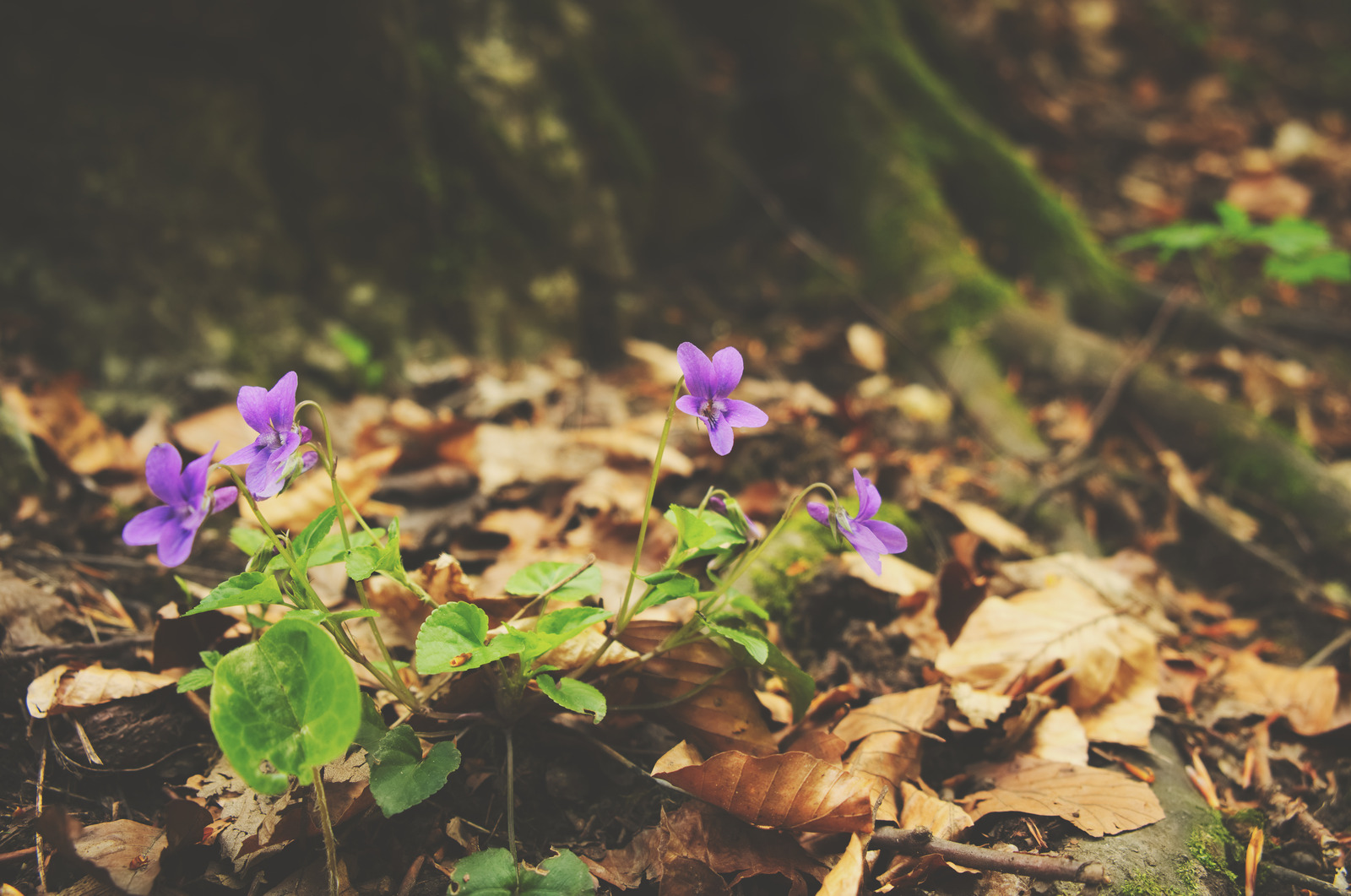
Ground Ivy
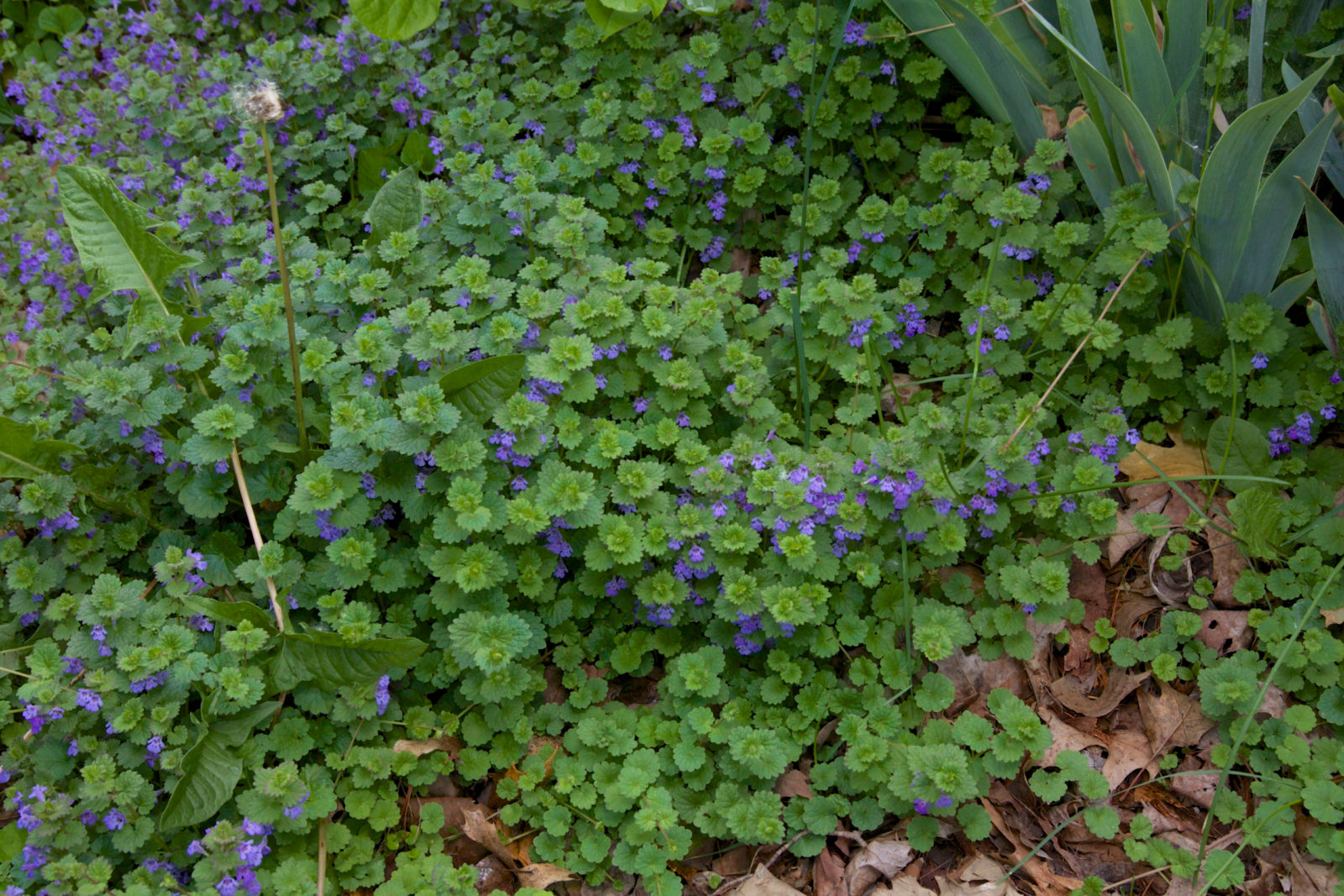
Type – Perennial Broadleaf
Where is it found? – It is found all over lawns but typically is located in shady, moist areas. However, it can tolerate sun. It is very common in Bloomington due to the amount of trees and shade.
ID – Leaves are kidney-shaped and encircle the stem end, are roughly 1” wide with lightly serrated edges. It has square stems. There are purple flowers in May and it has a mint scent when crushed. It spreads low and aggressively along the ground and is not easy to control.
Treatment – First, make sure your lawn is not conducive to growing the ground ivy. For example, eliminate excess water and shade if possible and make sure the ground is fertile. Increase your mowing height to above 2.5” to give the grass an edge. Fall is the best time for post-emergent herbicides and Spring for Pre-emergent. Summer is typically the least effective time to apply herbicides.
Common Chickweed
Type – Annual Broadleaf
Where is it found? – Like many other weeds, it prefers shady, moist areas and will also grow in mulch as well as cracks in concrete.
ID – Forms a low, rounded mound of leaves, with the leaves 180 degree from one another on the vine and small in size. Flowers are small and appear at the tops of the stem immediately over the leaves. The flowers appear to have 10 small petals.
Treatment – It is an annual weed which means it is best controlled in the Spring and Fall. The plant grows from seeds that sprout in the fall, which is why prevention in the Spring is important. It is also important to pull the chickweed in the Spring before it can flower and pull and spray in the fall with a post emergent to help prevent the growth in the Spring.
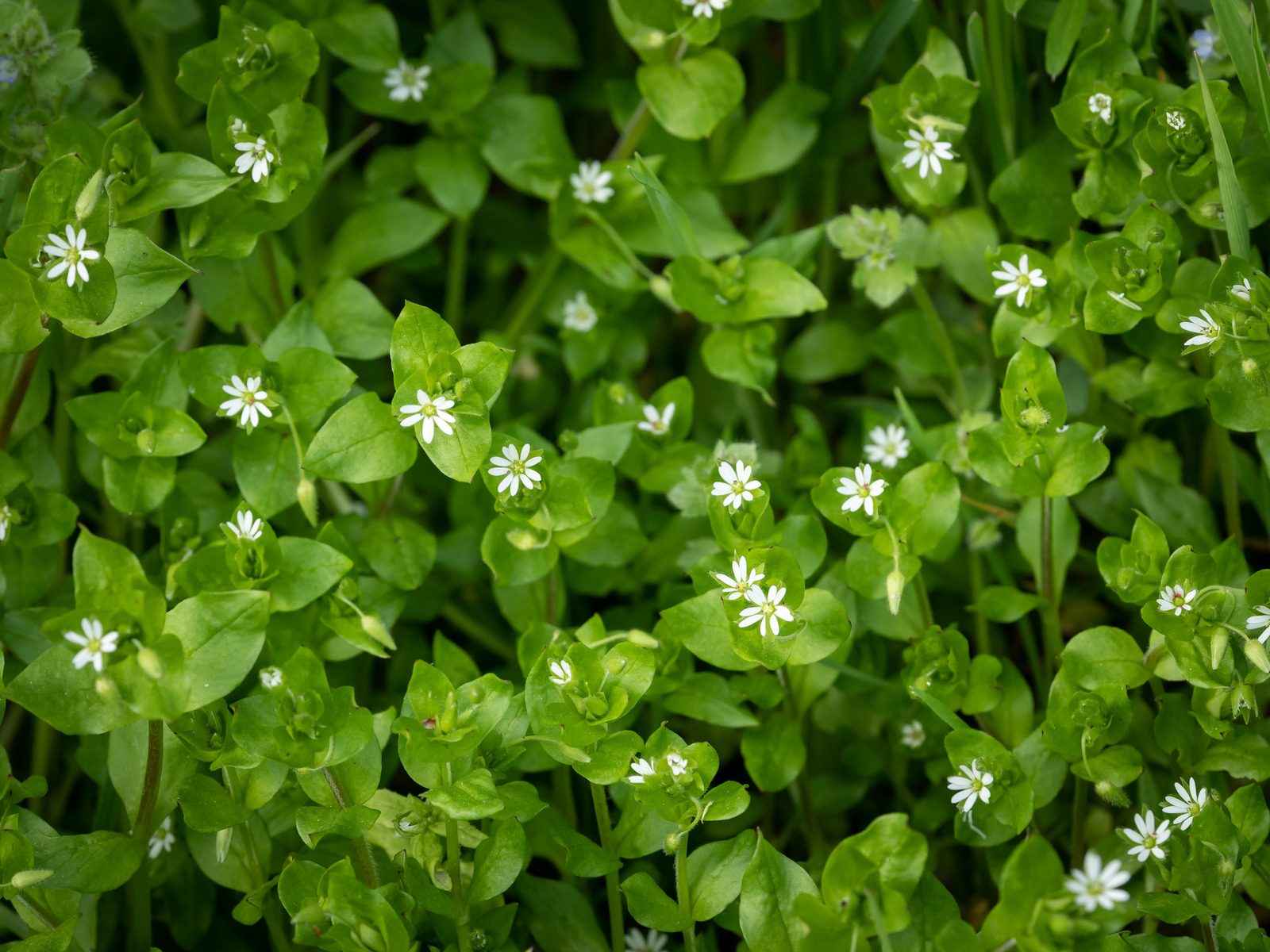
Common Ragweed
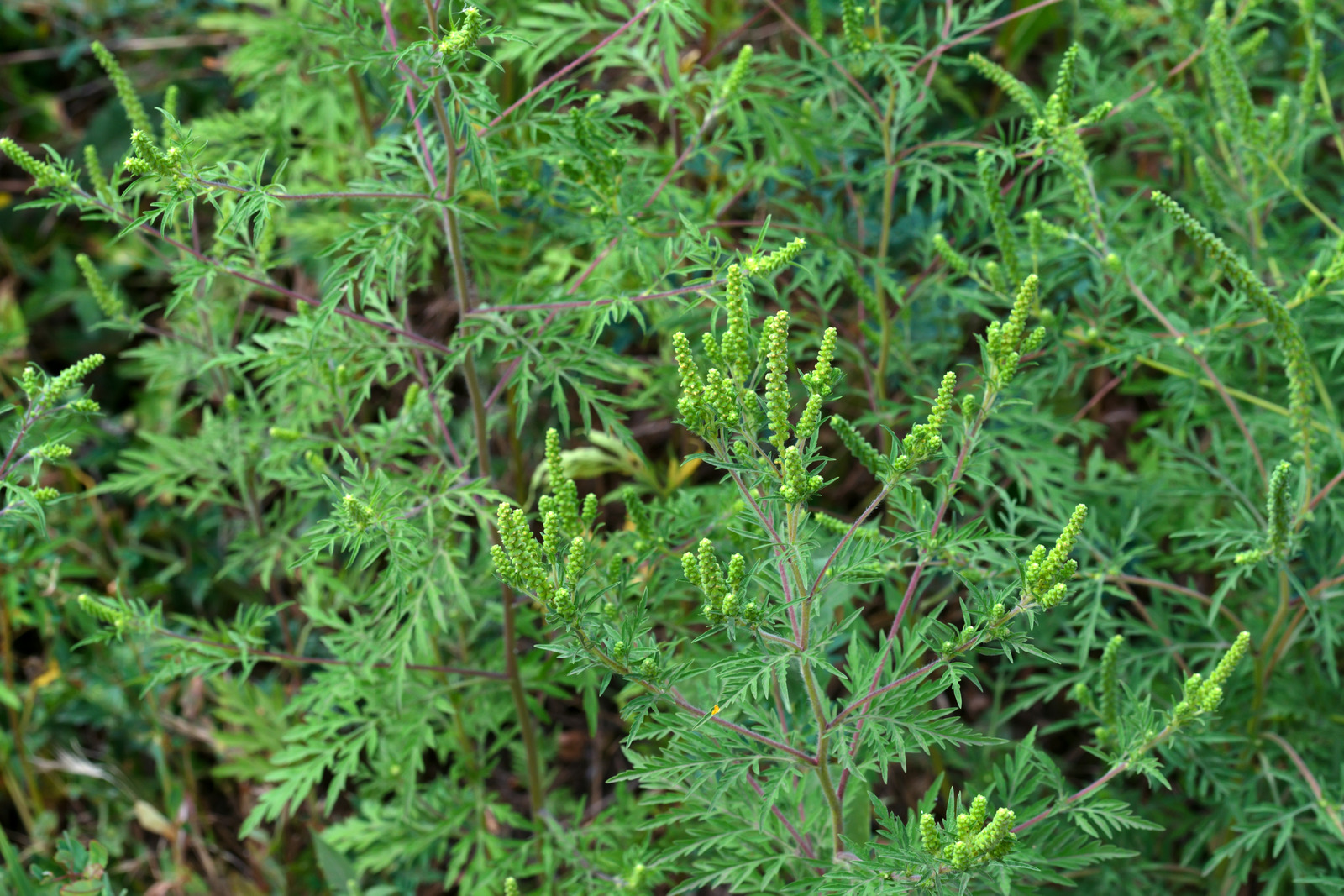
Type – Annual Broadleaf
Where is it found? – It typically grows in cultivated areas where the soil has been disturbed and does well in heavy, moist soils. It prefers full sun and will tolerate droughts. However, it does poorly in very fertile soils, so proper maintenance is important. It is common in corn and soybean fields.
ID – It can grow up to 3 feet tall. Leaves grow opposite one another. The leaves are typically thing and have a fern-like appearance, though many fewer leaflets. The leaves and feathery and look almost hairy. Common ragweed blooms are tall with flowers growing up a narrow stalk. Ragweed is “monoecious” which means that the plants have both male and female flowers. These flowers are long and thing and are at the end of thin stems that are sometimes purplish. The plants also flower later in summer until mid-fall, pollen levels peak in Septembers.
Treatment – Ragweed is an unpleasant plant to have around, it causes allergies in a large portion of the population. Ragweed does not tolerate mowing well, so mowing and weeding is usually effective especially when the plants are young in the spring. Many people claim that vinegar is an excellent controller of ragweed, but it takes awhile and needs to be applied often. General broadleaf herbicides are very effective on common ragweed as well.
Giant Ragweed
Type – Annual Broadleaf
Where is it found? – It typically grows in more fertile soils. It prefers full sun but isn’t as drought tolerant as common ragweed.
ID – It is a large plant that can reach up to 12’ in height. The leaves are opposite and can feel hairy, they have 3 or sometimes 5 lobes and can be serrated a bit. The stems have small white hairs and the flowers are nearly identical to the common ragweed flowers. They have the same potential to upset allergies as the common ragweed. They are a very common plant in Southern Indiana; the Bloomington area especially along roadsides, at the edges of fields and yards and abandoned areas.
Treatment – Very similar to common ragweed, mowing, pulling, pre and post emergent herbicides are all effective.
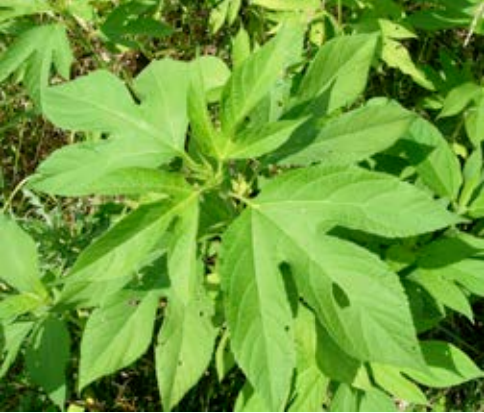
Spotted Surge
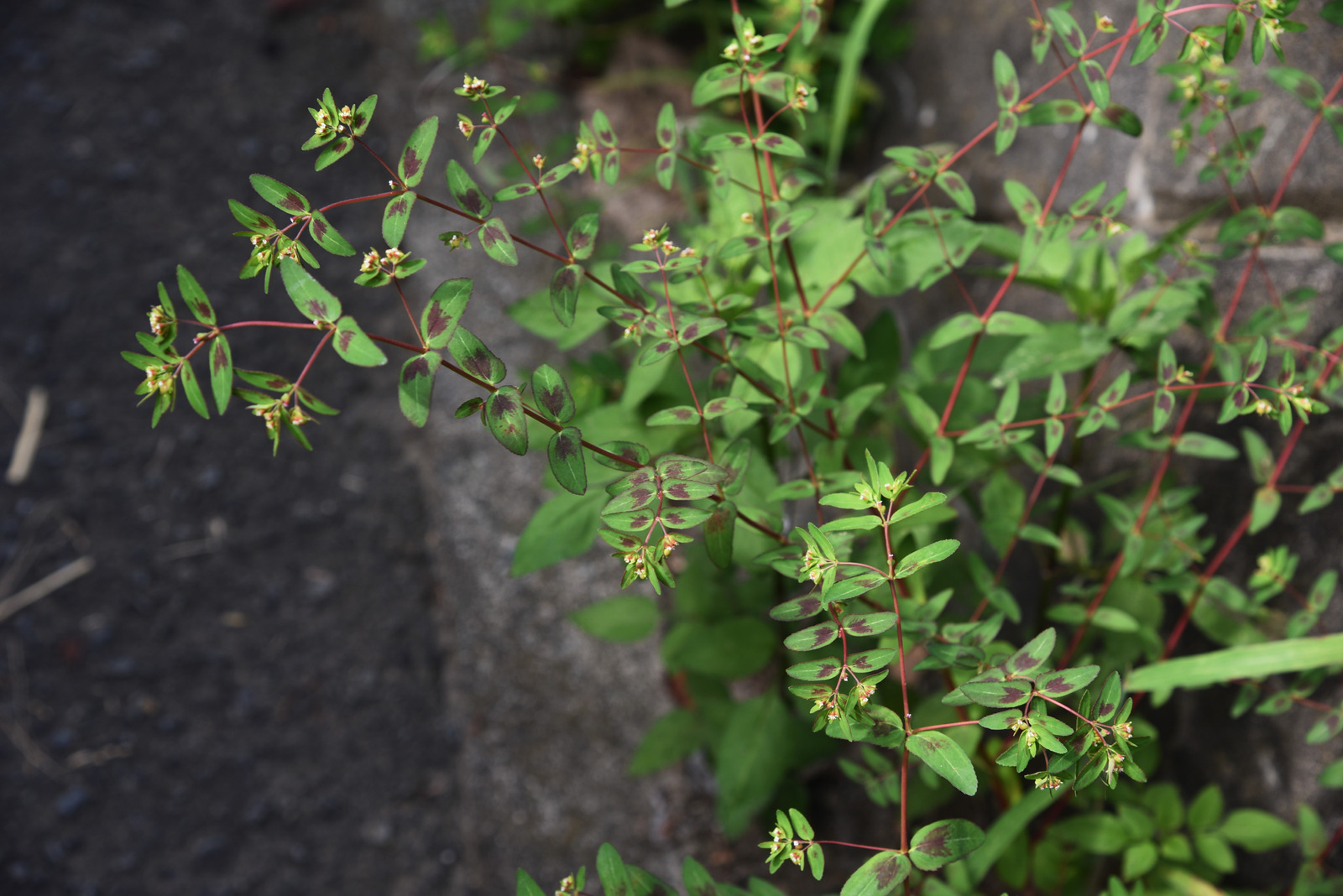
Type – Annual Broadleaf
Where is it found? – It grows in lawns and landscapes with dry, nutrient-poor soil. It competes with lawn grass that is mowed too short. It is also common in cracks of sidewalks or other hardscape areas with rocks.
ID – It forms a low, flat mat that radiates from a center. It has pinkish-purple to tan stems with small oval leaves along the entire stem. The leaves are waxy and opposite with a small maroon mark in the middle of the leaves. All parts of the plant release a milky sap when broken.
Treatment – There are a significant number of herbicides that can address them but generally they can be controlled without chemicals. The best way is to make sure your lawn is healthy and is not getting cut too short. Address any weak or bare spots and make sure the turf is full and dense with overseeding. Pulling the plant is easy, but its seeds are hardy and resistant and can continue to come back so it is important to pull the plants when they are young in the spring.
Canada Thistle
Type – Perennial Broadleaf
Where is it found? – Typically everywhere but typically grows in disturbed soil and is common along roadsides, fields edges, forests and area with recent construction and digging.
ID – It grows to 2-5 feet tall with leaves that alternate, lobed with spines around the edge. The Leaves have large toothed margins. The flowers are the most striking aspect of the plants. They are purple and pink, as well as white and are at the ends of the stems in clusters. They are initially vase-shaped and sprout producing a flower about 1” in diameter with the vase-shaped area below. They become most noticeable in July when the flowers turn to seedheads with white fluffy tops. This is how the seeds are spread, the wind blows the fluff around with the seeds attached. They also have a very widespread root system that also aids in the spread of the plant.
Treatment – Treating Canada thistle can be very complicated and time consuming. The plants need to be mowed or pulled before flowering can occur in Late-June or July. Mowing multiple times over several years will aid in control, the equipment must also be thoroughly cleaned to eliminate the possibility of spreading the plant to other areas. Ideally, they are eliminated in the Spring. Pre-emergent and post emergent herbicides are important as well.
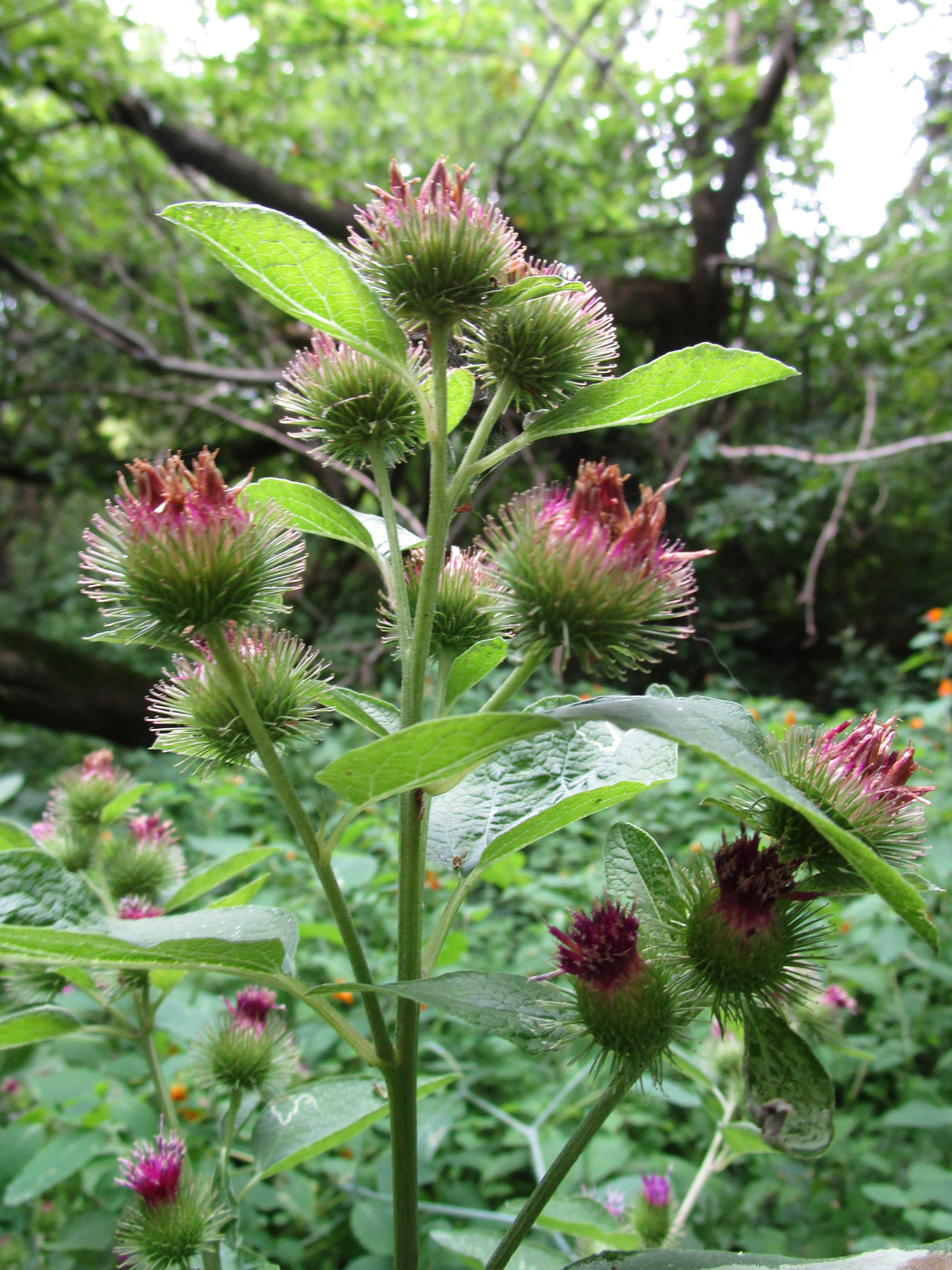
White Clover
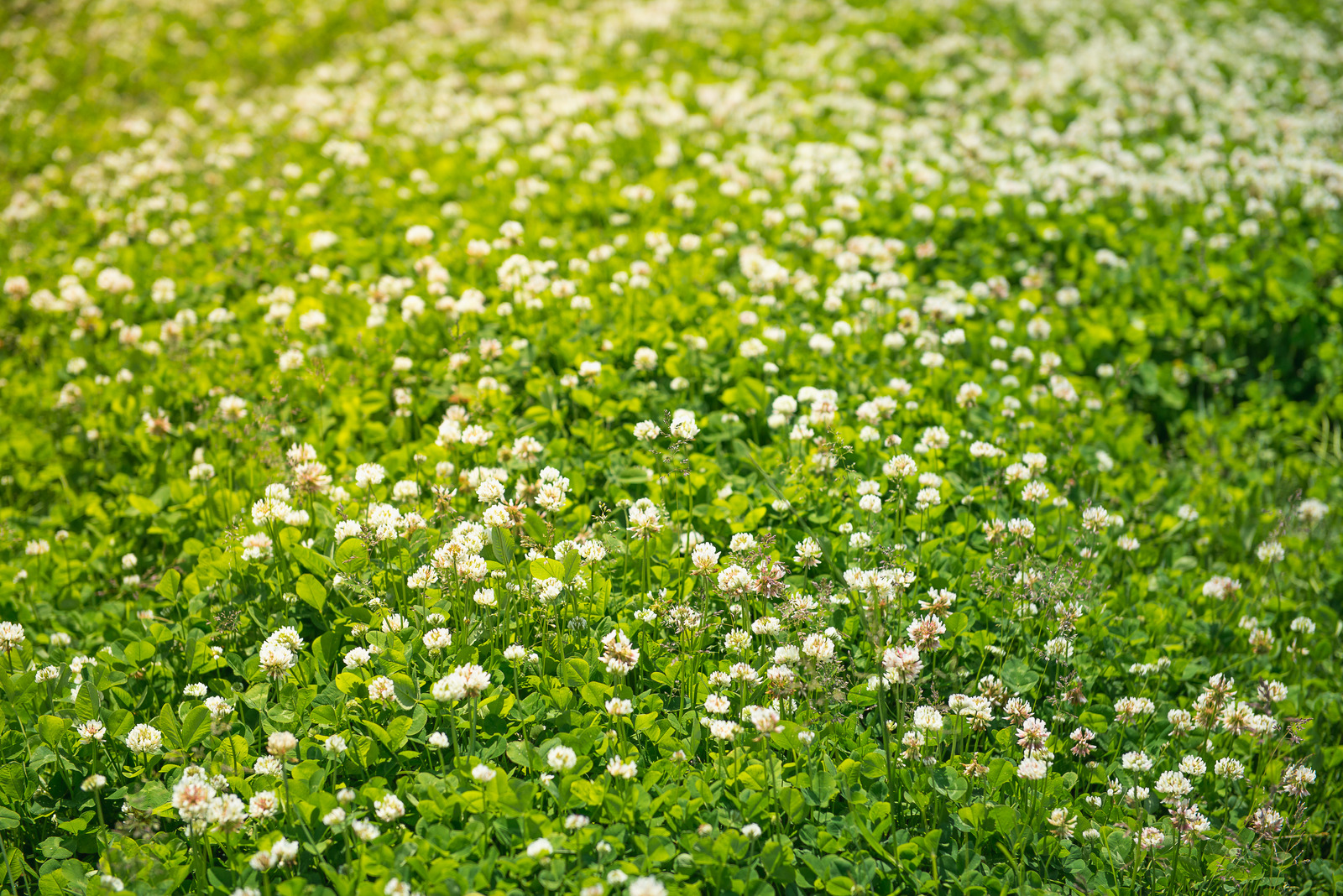
Type – Perennial Broadleaf
Where is it found? – It is found in nearly every lawn, especially lawns low in nitrogen or high in potassium.
ID – Short plant with alternate leaves with three leaflets. The leaves are tear-shaped and may have a small white “V” near the base of the leaf. Small white flowers are held in a cluster about ¾” across with a greenish-brown center. It is one of the most common plants in Indiana and is common everywhere. Sometimes it is completely ignored in lawns.
Treatment – Correct fertilization and higher nitrogen will discourage the clover from growing. Mowing higher will also prevent the clover from sprouting. Broadleaf herbicides will kill cloverleaf. Thick layers of mulch will prevent white clover in flower beds. Killing white clover is generally fairly simple, however the seeds are resistant and can survive and stay dormant for an extended period.
Prostrate Knotweed
Type – Annual Broadleaf
Where is it found? – Areas with compacted dirt such as paths or in gravel patches as well as growing up through sidewalks or stones.
ID – Tough plant that forms a broad, low mat. Stems radiate from a central point up to 2 feet in length. Single leaves alternate along the length of the stems. The leaves are long and non-serrated and come to a point. A thin pinkish sheath covers the base of the leaf where it attaches to the stem. It also has a long taproot and is resistant to drought.
Treatment – The easiest way is to maintain a strong healthy lawn with the correct lawn length, aeration, and fertilizer. Post emergent herbicides are not particularly effective for knotweed. Pulling is effective but it can regrow if only a small part survives so it needs to be done often. Pre-emergent sprays are the most effective because they can eliminate the plant in the Spring before the plant germinates.
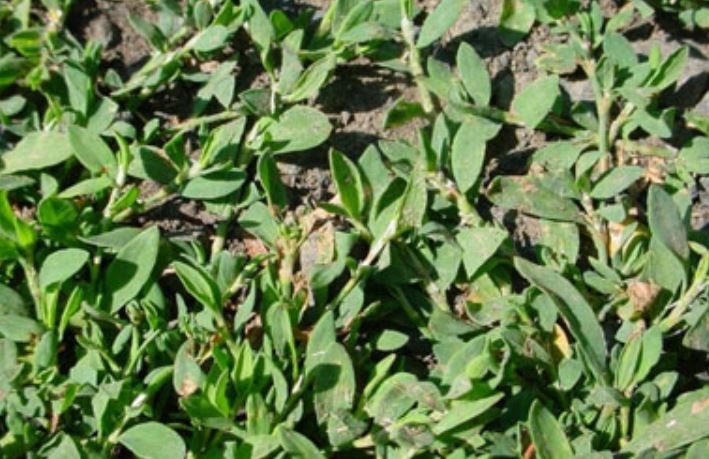
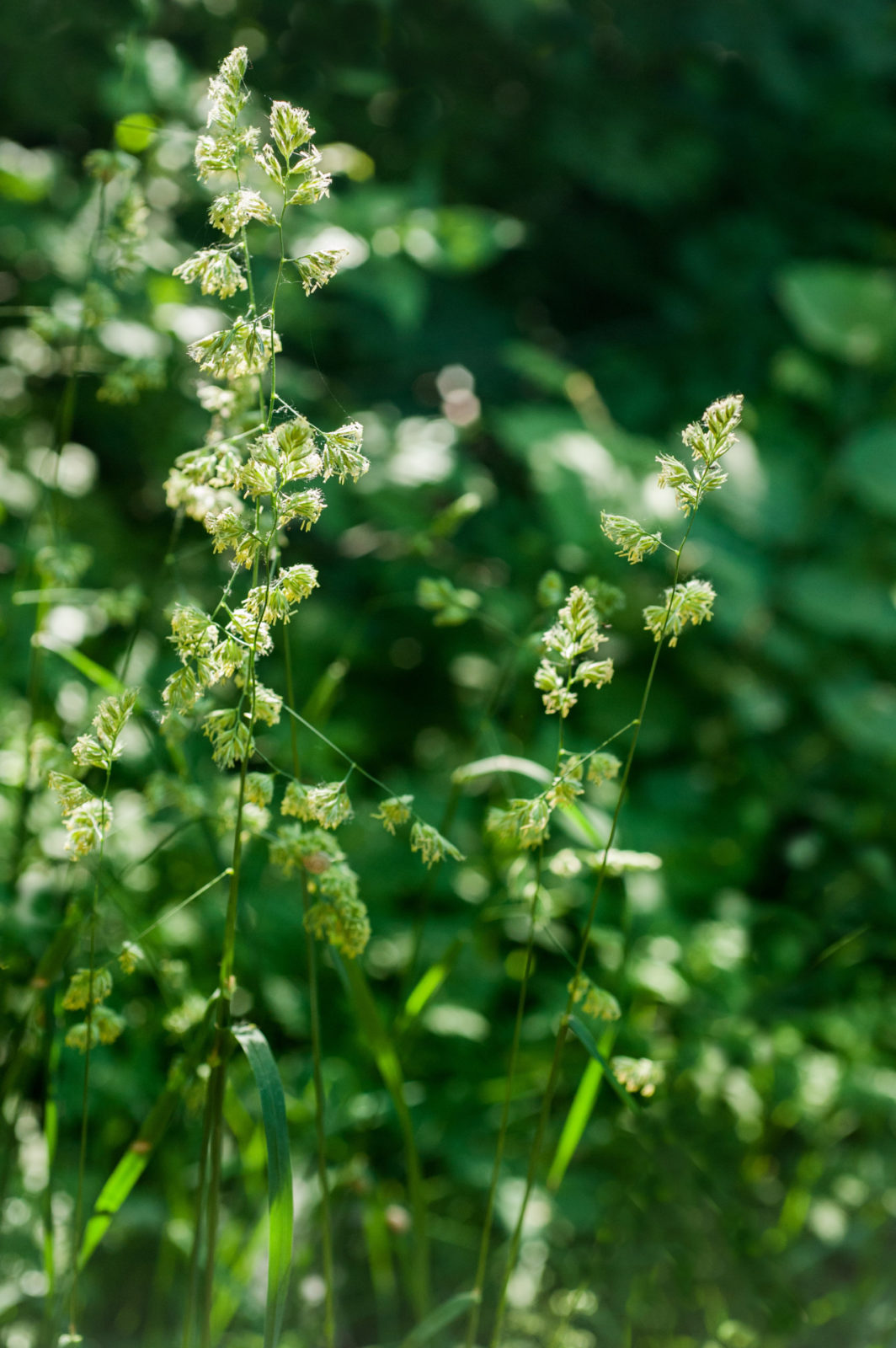
Quackgrass
Type – Perennial Grass
Where is it found? – Lawns, crop fields and landscaped areas. It can be brought in with top soil that is transported. It is also a cool season grass so it grows in higher elevations.
ID – It is very similar to grass when it is short, however it has long tapered blades that are thicker than grass (1/3”). It has a hollow stem and the leaf blade wraps around the steam with clasping auricles, which are the base of the blade. It has very deep roots made of rhizomes. It produces seeds during the month of June, which can spread through wind or birds.
Treatment – Increased fertilizer will help your lawn to grow faster than the quackgrass and choke it out. Pre-emergent herbicides can work well and help prevent the spread of more seeds, but due to the rhizomes, Quackgrass is difficult to eliminate so maintaining a strong healthy lawn is the best option. Again, mowing at a higher setting will aid in preventing weeds from forming.
Pursulane
Type – Annual Broadlead
Where is it found? – It typically is in areas with bare, packed soil as well as places where other plants have not been established. Prefers Full sun.
ID – Annual that forms are low, flat mat that radiates outward on the ground. Leaves are oval, opposite waxy and non-serrated. It has small yellow flowers in summer. It also has a thick, red stem and taproot. When cut the segments left on the soil will root and resume growth.
Treatment – The best treatment for purslane is by pulling before they are allowed to get to the seed stage. They can disperse their seeds quickly to other areas of you lawn if left unchecked. This means the plants should be bagged and thrown away, if they are thrown to other areas of you yard the seeds can still spread. Purslane needs light so spreading mulch can be effective. Herbicides are effective when the plant is young and pre -emergent herbicides are effective to prevent seed germination.

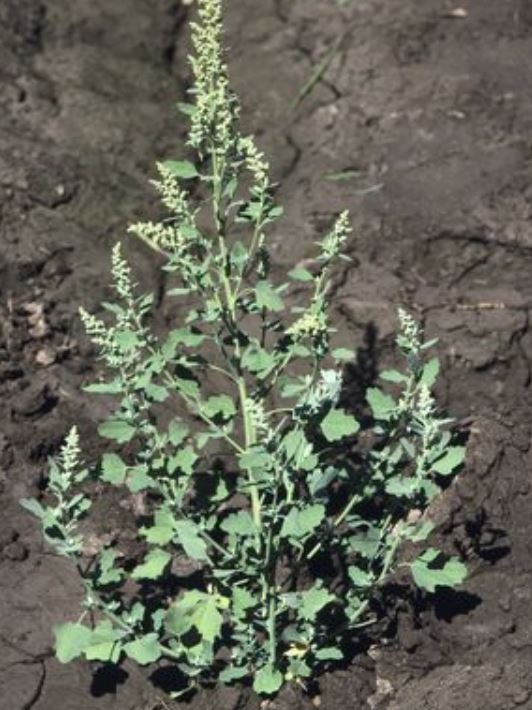
Common Lambsquarters
Type – Annual Broadleaf
Where is it found? – Prefers cultivated areas with loose, bare soil but can be found just about anywhere.
ID – Tall summer annual that can reach heights up to 4 feet. The leaves are alternate and typically triangular with slight serrations around the edge. Seedling leaves are more oval and covered with a gray, mealy coating. Flowers are small and are in elongated clusters at the ends of the stems. The stems are typically reddish to green in color. The plant can produce thousands of seeds and has a very long taproot.
Treatment – Hand pulling is very effective if done early before the plant can produce seeds. This should be done in early sprint when the juvenile lambsquarters are growing. Also maintaining the correct length of grass will aid as will aeration. Pre-emergent herbicides are effective in preventing seed germination however post-emergent can be effective, however hand pulling is generally preferred.




“Anthony has removed two trees now for us that had fallen after storms and done some other landscaping jobs as well. He is reliable, fairly priced, and friendly. We are always thrilled with his work and his promptness. Highly recommend him!”
Tree Service Blog Posts
Check out some of our posts that are related to tree trimming, tree removal and tree health.
What Are The Different Parts of a Tree?
Anatomy of a tree Most property owners have at least one tree on their land. But how much do you really know about these large plants? Trees come in many shapes and sizes — from a tiny bonsai tree to a towering redwood — but all of them have a very basic anatomy in...
When Is Bird Nesting Season And Should I Wait To Cut Trees
Birds are a beautiful part of the wildlife in Indiana, and it is all our responsibility to make sure they are protected so future generations can also enjoy them. The Migratory Bird Act of 1918 prevents people in the United States from trapping or killing most...
Is the Moss or Ivy on My Tree Bad?
Property owners love their trees and want to protect them from any threats out in the environment. So, it’s no surprise that many people in the Bloomington area wonder about various growths they see on their trees. Is moss a bad sign for the tree’s health? Is...
Reshape Your Landscape! ©
Fast & friendly service, guaranteed! We can transform your landscape – contact us for a FREE estimate today.
Call Us for a FREE Estimate (812) 345-5694
What Makes Us Different?
Affordability
We strive to provide fair and honest pricing, and our pricing generally some of the best you will find in Bloomington and surrounding areas. We believe that our service should be affordable and we work to make sure we keep costs low to keep your prices low.
Quality People
Our staff really is the difference maker for not just our lawn mowing services, but our business in general. We work hard to hire good people who can be trusted around your home, and will deliver quality service in a timley manner.
Reliability
Ever since we started in 2014, we have been a company our clients can rely upon. With this type of business there is always going to be some flexibility needed in scheduling, but if we say we will be somewhere we honor that or make sure to communicate clearly and work to reschedule when it works for you.
Eye For Detail
In our experience some of the issues clients have with other companies is a lack of detail and attention thereof. We make sure to do the little things, from calling ahead for an appointment to cleaning up our mess to calling after to check on the job. We believe the details matter.
